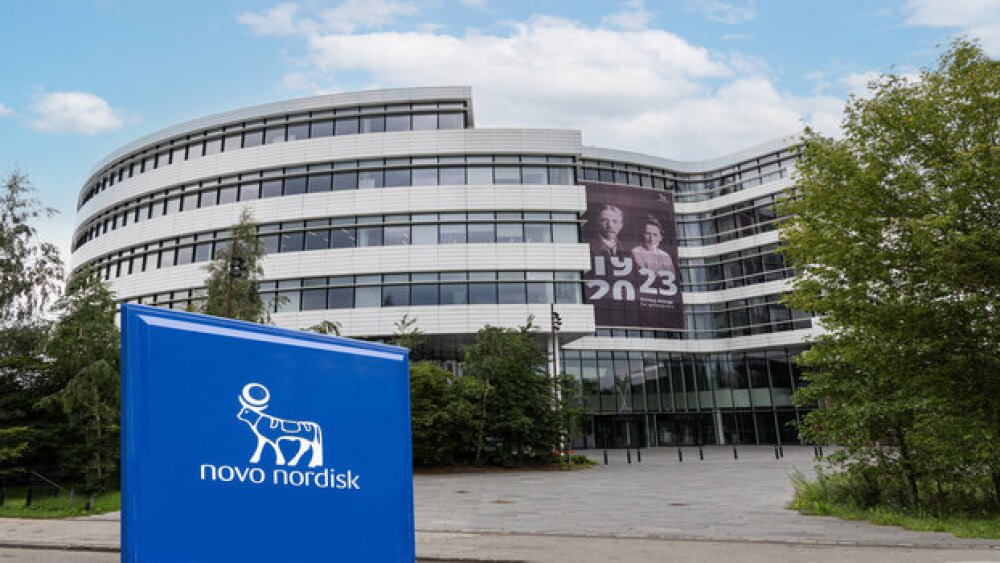The Biocom Institute and California Life Sciences Institute (CLSI) released their third biennial life science industry report. Overall, the report paints a very positive picture of the life science industry in California.
The Biocom Institute and California Life Sciences Institute (CLSI) released their third biennial life science industry report at BIO 2018 International Convention. The report is titled, “2018 Talent Integration: California Workforce Trends in the Life Science Industry.”
The report notes that the life science industry creates jobs in the state for over 360,000 people. The report pulled three data sets from 2017 and the first quarter of 2018, including almost 10,000 life science job postings in the state, survey responses from 117 human resource and hiring managers, and interviews with 41 leading state life science employers.
There are numerous key findings in the report, including that the leading employers in the state are Amgen, Pfizer and Genentech. The report also notes that new technologies such as CRISPR gene editing and computing technologies are causing significant shifts in skill needs. Also, “Externally, the complex healthcare environment continues to create strong demand for people with regulatory and reimbursement expertise.”
At the same time, and seemingly contradictory to a need for new and cutting-edge technical skills, employers cite the need for strong soft skills, such as communication, teamwork, passion and adaptability.
Top occupations in the life sciences in California culled from job postings were medical scientists (except epidemiologists), chemists, biologists, clinical research coordinators, and quality control analysts.
Another key requirement is the diversity of thinking and experience, which employers say drives innovation.
The report also found that the biopharma and life science industry in California benefited from academic partnerships, including the deliberate location of research-and-development operations near academic partners and industry exposure to students interested in STEM careers.
“The onslaught of new scientific advancements, the convergence with IT and the complexity of our healthcare system are rapidly shifting the industry’s talent needs,” said Liisa Bozinovic, executive director of the Biocom Institute, in a statement. “This report is our attempt to understand and help develop these evolving demands to maintain California’s leadership in life science innovation.”
Interestingly, the company ranked functional areas where respondents said they had problems filling positions. They were:
· Regulatory Affairs/Compliance (38%)
· Quality (30%)
· Research & Development (26%)
· Data Analytics (26%)
· Product and/or Process Development (23%)
· Clinical Research (21%)
· Medical Affairs (18%)
· Engineering (17%)
· Manufacturing (6%)
The report also points out that trends in healthcare are driving a need for people who understand regulatory and payment issues, particularly as they change and evolve. There is some talk, albeit mostly talk, of shifts in pay-per-procedure to pay-per-performance. For example, some biopharma companies are experimenting with refunding the costs of their drugs if the patient doesn’t respond.
The report quotes an unidentified respondent, who says, “The whole industry is suffering from reimbursement and high health care cost issues. Consolidation of the pharmacy benefit management and reimbursement sectors is putting more pressure on controlling healthcare costs at large and on drug prices in particular.”
The report goes on to say, “Employers still look for individuals who can navigate the complex health care system, have regulatory expertise, understand reimbursement, and who are adept at managing relationships and business partnerships. They also continue to express concern that the national discourse on drug pricing adds to their recruitment challenges.”
As has been the case for the last few years, life science companies are finding all new demand for life scientists skilled in technology, especially data management, such as computers, data scientists, engineers and epidemiologists/statisticians. But the industry is struggling to compete with Silicon Valley for that same talent pool.
One respondent said, “As the regulated life science industry collides with tech, finding the right talent can be a challenge…. When I talk with young people about their careers they are more excited about Google, Facebook and other tech companies and attracted to the ‘cool factor’ of technology and the rapid development cycle of tech.”
Overall, the report paints a very positive picture of the life science industry in California. It’s not without its challenges—attracting talent to STEM careers and the industry, particularly in finding talent ready to work, is one of the biggest challenges.
State Senator Toni Atkins (D-San Diego), President Pro Tempore of the California State Senate stated, “California’s world-leading life sciences community is one of the biggest contributors to the state’s economy. The California State Legislature welcomes the Biocom Institute and California Life Sciences Institute’s 2018 California Workforce Trends Report. As with the previous years’ analyses, we expect this year’s report to serve as a valuable tool for legislators and academic institutions who are focused on ensuring that the talent pipeline for the life sciences remains strong.”





